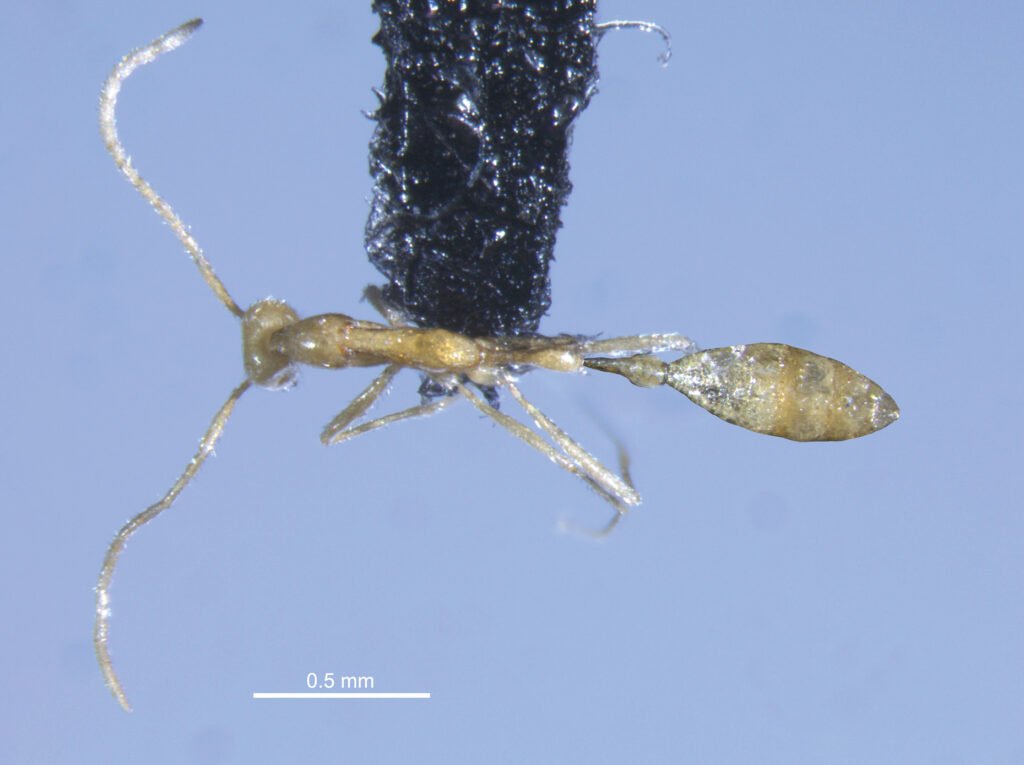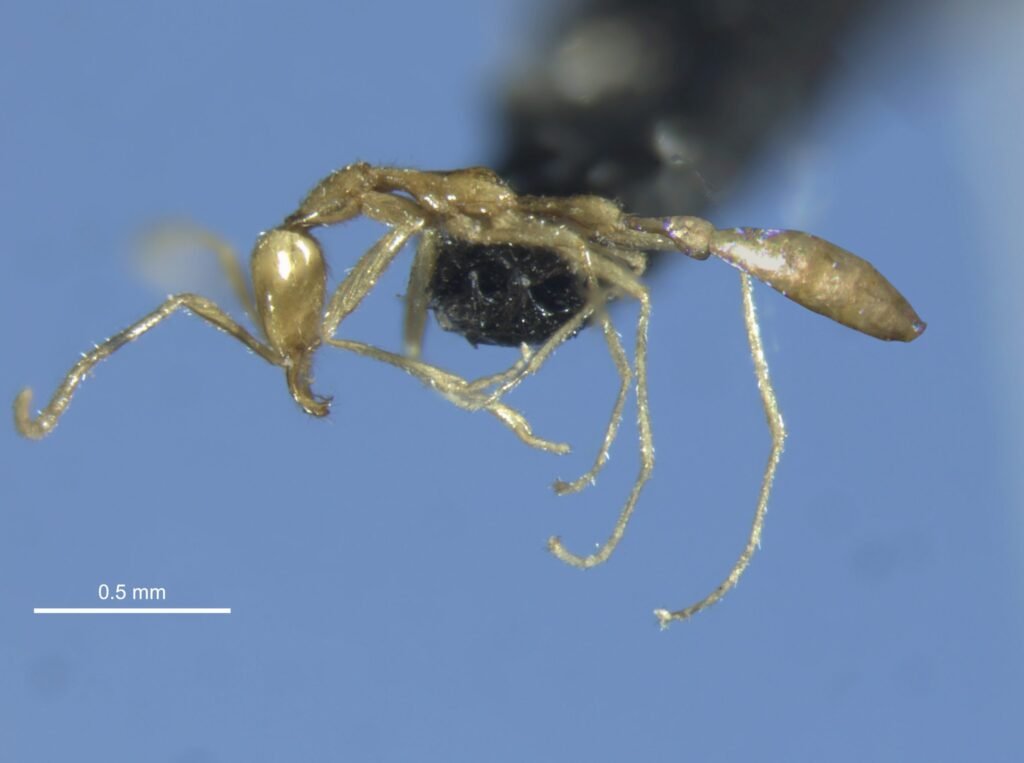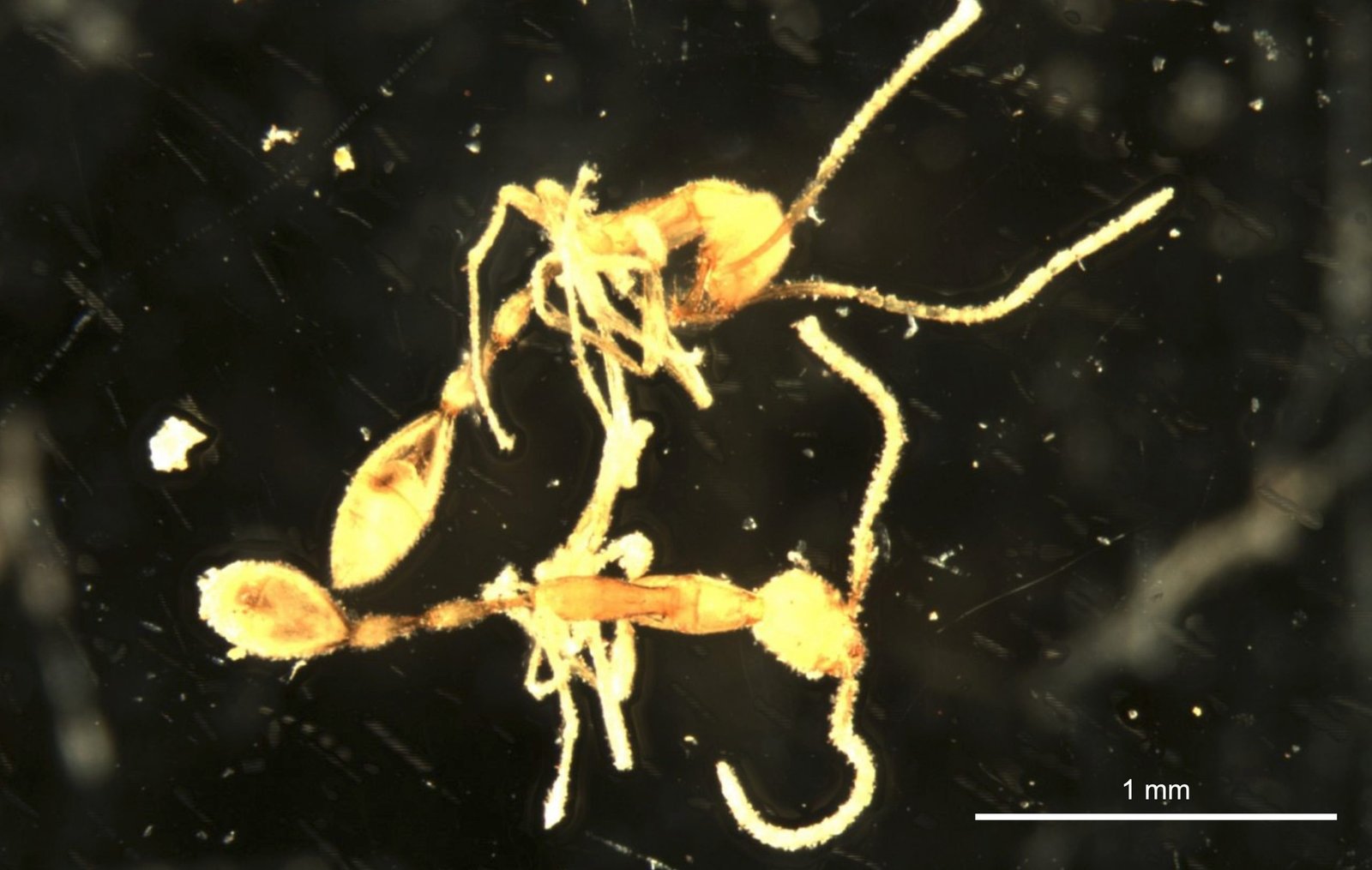Ant species named after Harry Potter character Lord Voldemort
Scientists have named newly discovered ant species in Australia, Leptanilla Voldemort or L.Voldemort after Harry Potter character Lord Voldemort. These species show pale ants with long, sharp jaws and tiny legs.
Dr. Mark Wong of the University of Western Australia and Jane McRae of Bennelongia Environmental Consultants described these species in a paper published in ZooKeys.
Scientists were studying subsurface animals in the Pilbara area of Australia when they discovered mysterious and ghostly ant species (Leptanilla Voldemort). They found only two of these unusual ants.

The ant species is named after the famous Harry Potter character, Lord Voldemort, the evil wizard from the series which shows the ghostly appearance and underground environment where it comes from.
They used a net 25 meters down a drill hole to catch them, then they scraped against the interior of the hole to collect them. This method of gathering subsurface organisms is known as “subterranean scraping.”
L. Voldemort has distinguishing characteristics from other Leptanilla ants by its quite small body, long, thin antennae, and legs. These species have raised questions about their environment.
Scientists are curious whether these ants reside in soil similar to other Leptanilla species. Or if it lives in other subsurface areas like air-filled crevices and gaps in deeper rock layers. However, it is still unknown what L. Voldemort specifically preys on.

There are more than 14,000 ant species in the world but only about 60 belong to the mysterious Leptanilla group. All Leptanilla species live underground, which is different from most ants.
Leptanilla ants have mostly small colonies with a queen and about one hundred workers. They are colorless and blind so they survive in the dark.
Researchers also found several subsurface invertebrates with Leptanilla ants, including flies, beetles, and centipedes, in the same area of the Pilbara.
Read More:
- Scientists created superflies to eat human poop & clean streets
- Samsung Galaxy Z Flip 6 5G features, specifications & price
- NASA sent first 4K video from aircraft to the space station
- Dogs behave depressed after sensing stress in dogs, study shows
- Australian govt issued notice to tech companies to report on child abuse
- Oppo K12x 5G release date, features, specifications & price
Share this content:









Post Comment